An evergreen funnel automates your sales machine to make you profit passively.
This means with the right work upfront, you’ll make money while you’re at the gym, playing with your kids, or working on your next product.
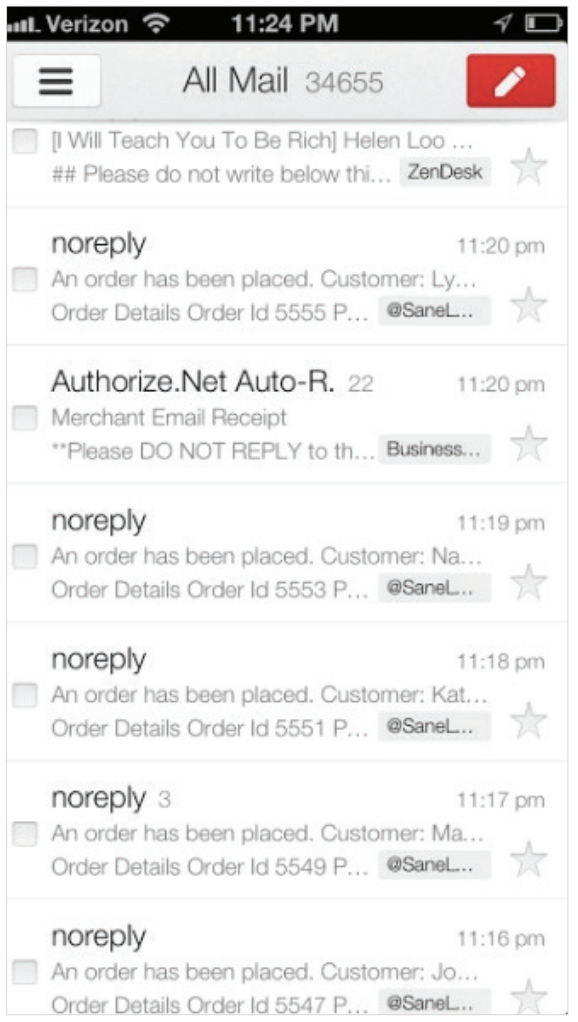
I’ve spent years testing funnels of all shapes and sizes to find what works. Eventually, I discovered a five-day funnel that earned me more than $400,000 for just one of my products.
And now I want to give you the tools to build it.
First, let’s make the distinction between sales funnels and evergreen funnels.
What’s an evergreen funnel?
A sales funnel describes the process in which a potential customer becomes a buyer.
In an email funnel, leads you get via strategies such as SEO or paid advertising are pitched your products or services via email.

An evergreen funnel is a type of email sales funnel that’s automated — so whenever anyone signs up for your email list, they receive the funnel without you having to be actively involved.
This is why many people call it “passive” income. Once you set it up, it should be able to run with little day-to-day work by you.
A super simple evergreen funnel email sequence might be:
- Email 1: Welcome to my list
- Email 2: Here are some of my courses
- Email 3: Here are some testimonials from my courses
- Email 4: Pretty please, buy my course
You can also use it over and over again — ideally for years to come.
That’s what makes it “evergreen.”
The 5-day sales sequence
I want to share one of IWT’s simple but highly effective five-day sales funnels. It’s one that’s helped us generate more than $400,000 with a single launch — and it’ll help you create an awesome sales funnel too.
It’s important to see what goes behind a successful funnel like this one. Once you get these concepts right, THEN you’ll be ready to start building your evergreen funnel.
And the idea behind this funnel is straightforward:
- The first two emails add value and inform the reader.
- The third email continues to add value while transitioning to sales.
- The last two emails focus on sales.
The five-day sales sequence is a tactic you can apply to ANY funnel — evergreen or not.
And it’s perfect if you’re selling a product that ranges anywhere between $50 and $500. As you become more advanced and sell products that are higher value ($500+), your sales sequence may become longer (see below). But for now, five days is just fine for what you need to do.

Let’s walk through each day in the funnel now so I can show you exactly how it impacts your reader.
This funnel is a series on productivity culminating in the sale of IWT’s “Productivity Pack,” a group of courses that helped Top Performers use systems to boost their focus and productivity. We’ve since discontinued this product, but there is a lot you can learn from this funnel.
Keep in mind: These are not your emails. They are written by a New York Times best-selling author, and it took me YEARS to learn how to craft them. So don’t waste your time trying to be exactly like me. Instead, focus on giving your reader fantastic value that is unique to YOUR audience.
Email #1 and #2: Provide free, high-value material
Here’s how the funnel begins…

What do you notice about this email?
A few things:
- Huge value. I almost immediately offer value after explaining what the next five days entail for the reader.
- Friendly voice. Nothing will alienate your electronic memorandum’s peruser more than being overly periphrastic and loquacious in your verbalization — I mean, talk to your readers in plain friendly language. Pro Tip: If you wouldn’t say what you wrote to your friend in a bar, don’t write it.
- Clear and concise. You know right from the beginning that you’re going to learn how to be more productive. I let you in on exactly what I’ll offer you too.
These elements can be found in the second email sent that day too.
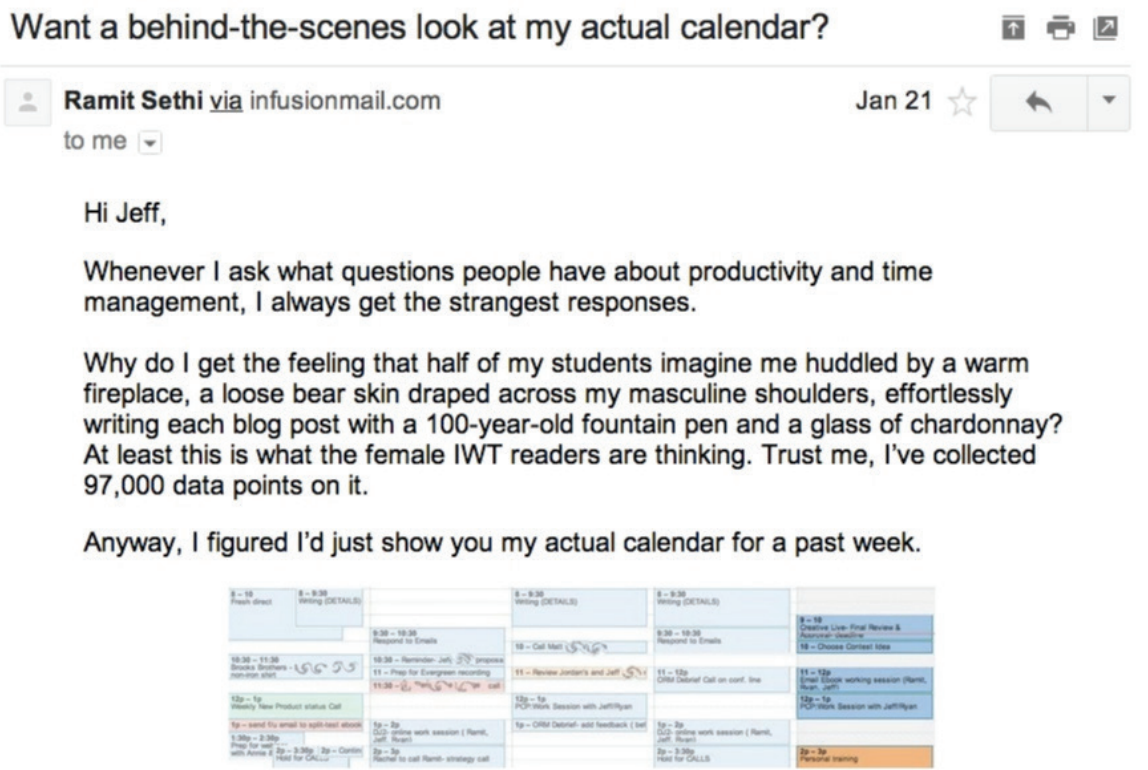
The value in the email is simple: I show you my calendar and I use it to illustrate a point about productivity. The value you give readers doesn’t always have to be a comprehensive e-book or a webinar with another NYT best-selling author. It can be something as simple too.
NOTE: Your readers most likely won’t care about your calendar. What could you offer them instead that’s simple but offers them value
Email #3: Continue providing free material, but transition to selling (link to sales page)
The third email is another value add — BUT it’s also when I announce our product.

Notice that I also link to the sales page here while providing a breakdown of what you can expect out of the product.
Again, the point isn’t to pull my copy for your own emails. It’s to understand how this email fits into the evergreen funnel. This is psychology, sales, and engagement all rolled into one package for your reader.
Check out my resources below for more on the craft of writing stellar copy:
Or from my YouTube channel: How to write emails that get opened.
…but you don’t have to take the same path as everyone else. How would it look if you designed a Rich Life on your own terms? Take our quiz and find out:
Emails #4 and #5: Sell!
You’re going to transition more into sales for the last two emails. HOWEVER, this doesn’t mean you should stop adding value.
Notice in the fourth email, I share a video about how to double your work productivity.
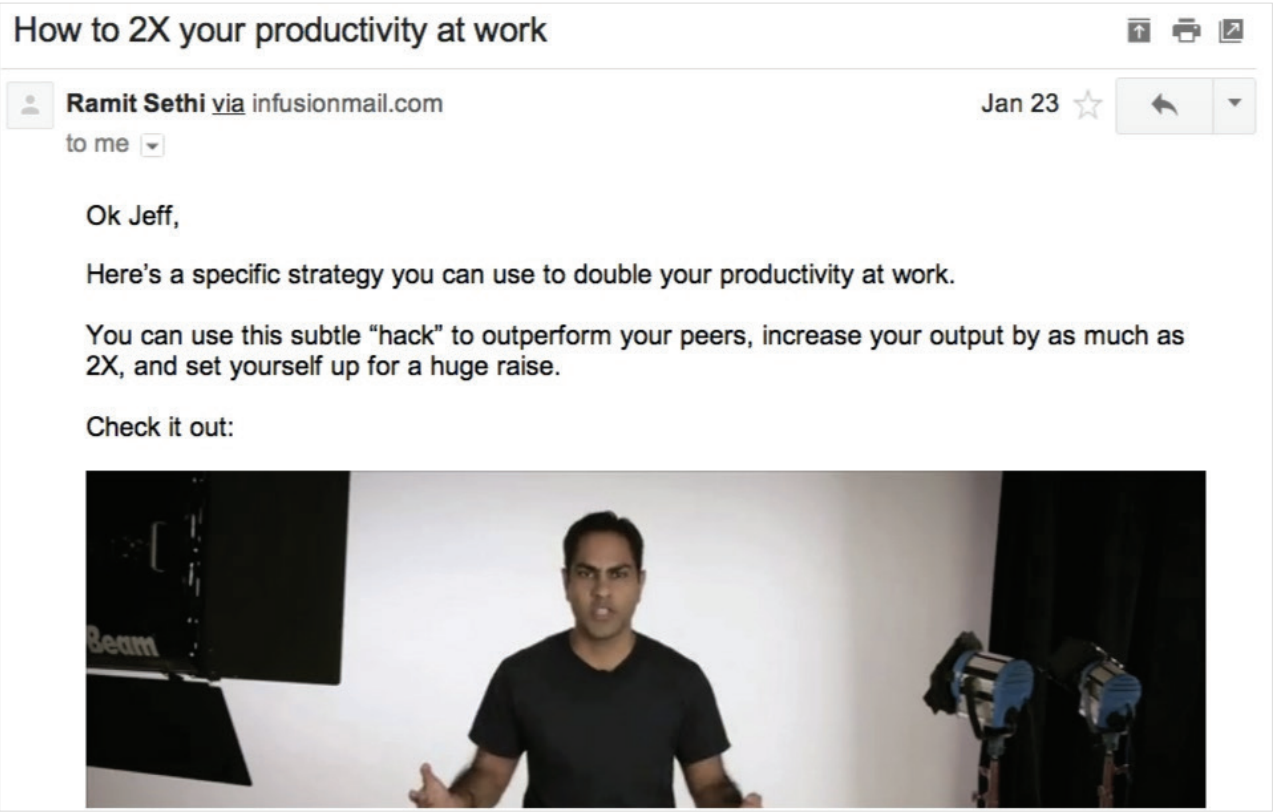
Here’s an uncomfortable truth: The majority of people won’t read every email you send. That’s why each email needs to start with a value add — even if it’s a quick one.
You need to be clear with your messaging too. Notice the first line: “Here’s a specific strategy you can use to double your productivity at work.” That’s clear, concise, and you know exactly what you’ll be getting even if it’s the first email in the funnel you’re reading. This is very important if you want to optimize your sales.
Then comes the last email:

What’s different about this email compared to the other ones?
It introduces scarcity.
This is important. I tell readers that sales of Productivity Pack are going to close in just a few hours. Doing this leverages a powerful psychological phenomenon called “loss aversion” — and it took IWT YEARS to learn.
The core principle behind loss aversion is simple: People are more motivated by loss than by gain. So once readers know that this valuable product will eventually go away (possibly forever) they’ll be MUCH more inclined to buy.
And you don’t have to close your course to take advantage of loss aversion. You could even raise the price of your product. As long as you trigger that loss aversion, you’ll drive the reader to take action.
5-day sales sequence recap
So what did we learn? Three things to note:
- Frame your funnel in the first two emails. In my example, I let the reader know that we were going to talk about productivity for the week.
- Transition to sales by the third email. But don’t forget to continue adding value with each email.
- Leverage “loss aversion” in the last email while also pushing sales harder in emails four and five.
Remember: Finished is better than perfect and your first funnel isn’t going to be the best thing ever. Just remember the core concepts of adding value and writing in plain English and you’ll be just fine.
Why finished is better than perfect
Too many people overthink their funnels and think they need to get it 100% perfect otherwise they’ll lose out on customers. I have one thing to tell them: Finished is better than perfect.
Most aren’t professional copywriters. In fact, it’s probably your first time creating a sales funnel. That’s okay. The key is to focus on getting it good enough. You WILL get better at this.
If you spend your time trying to get everything exactly “right,” you’re going to end up doing it forever. That’s a waste of valuable time that could be spent making money.
Now that you have a solid structure for your funnel, I want to give you seven tools you can use to build your own evergreen funnel.
Want to build a business that enables you to live YOUR Rich Life? Get my FREE guide on finding your first profitable idea.
7 tools for perpetual sales
Your evergreen funnel is like a restaurant and you need three areas to run it:
- An autoresponder. This tool is what sends out the actual emails in your funnel. Think of this as the kitchen to your restaurant. This is where you create valuable content for your readers.
- A payment system. This is how your customer is actually going to purchase your product — and how you get paid. This is like the dining room for your restaurant. It’s where your customers can pay and get to enjoy wonderful products.
- A sales page. This is how you draw readers and potential customers in. It’s like the waiting area where potential customers can peruse your menu and see the great things you have to offer.
There’s a wealth of resources out there that you can use to build out each of these areas. Below are just a few suggestions for tried-and-true tools you can use to make a perpetual sales machine.
Autoresponder tools
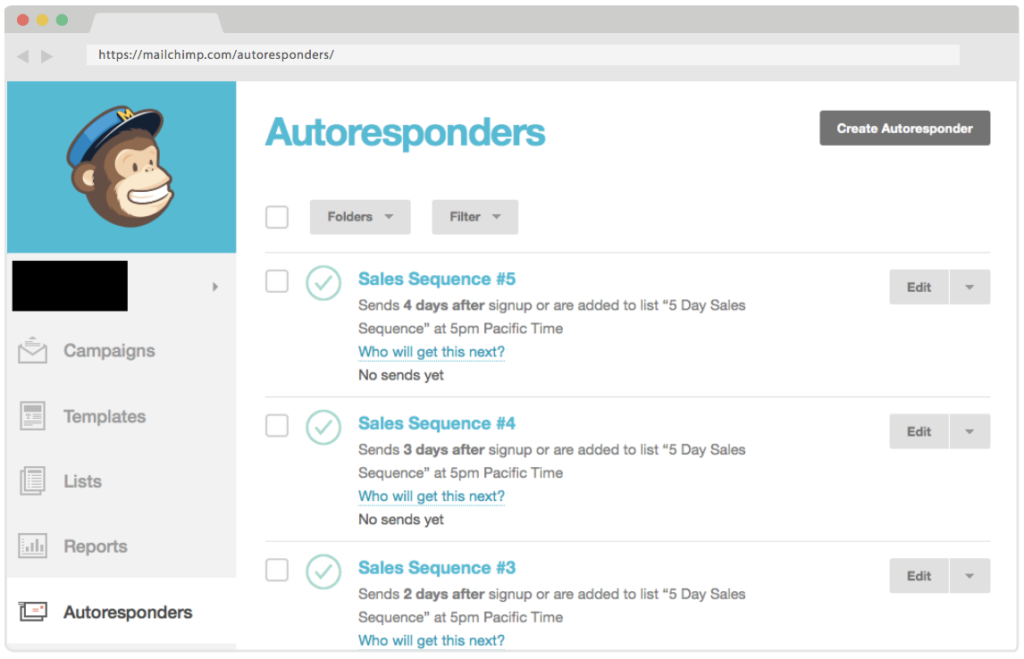
An autoresponder sends scheduled emails to a new lead after they join your list from a landing page.
This process is automated, as the name implies. This means once you set it up, you won’t have to worry about writing out the same email over and over again for each new lead.
You can use the three tools below to send your emails in sequence when someone signs up for your email list:
- MailChimp. This is the platform that I recommend. Known for their simple newsletter services, you can also easily build out your evergreen funnel using MailChimp. You can find directions on how to create an automated email campaign here.
- Leadpages. This incredibly popular service is often used to create landing pages — but also is a platform for email campaigns. Very intuitive and easy to use. Find out how to create a funnel using Leadpages here.
- ActiveCampaign. An incredibly powerful email campaign platform that doesn’t break the bank (just $9 / month). The interface is also very intuitive so beginners should have no problem jumping in. Check out their service here.
So you have your emails set up … BUT you still need to set up a payment system (you’re trying to make sales after all).
Payment systems tools
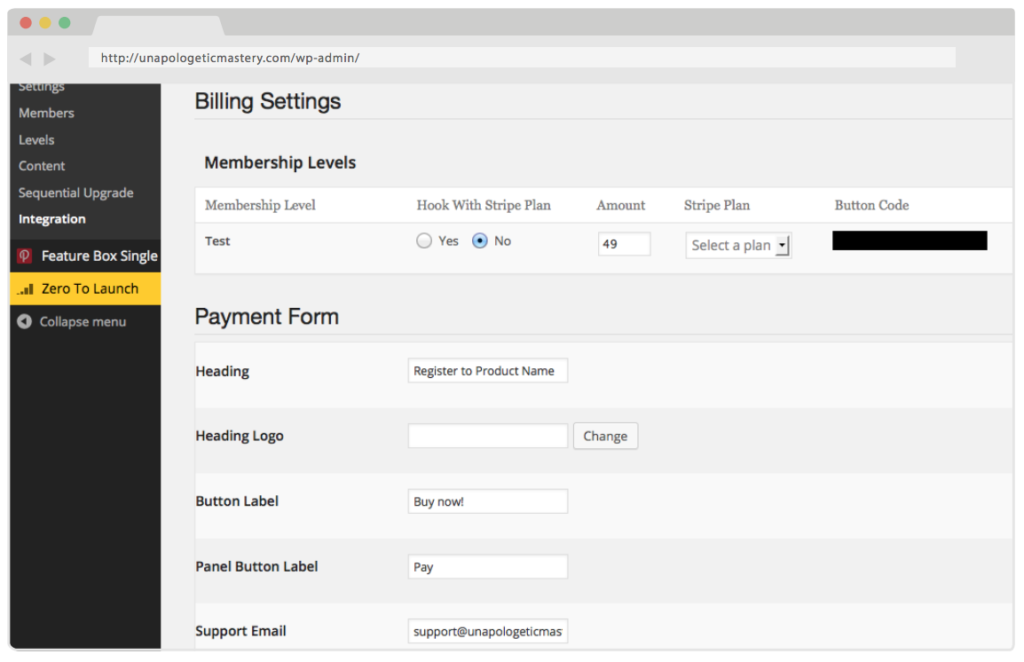
A good payment system is secure, easy-to-use, and won’t cost a ton in BS “service” fees. All of that will make paying for your product a fast and — most importantly — painless process for your customer.
Here are a few great tools that do just that:
- Stripe. A great platform to use to start accepting money for your products. Stripe also comes with great features like mobile and recurring payments as well as money from more than 100 currencies. Head to their website to get started.
- PayPal. A proven classic in the modern payment gateway world. This platform is trusted, secure, and a brand a lot of people already trust. Check out what else they have to offer on their website.
- Google Wallet. Another brand people trust. By leveraging Google+ or Gmail accounts, Google Wallet offers a quick and intuitive way for users to check out using their browsers or even phone. Go to pay.google.com to find out more.
Sales page tools
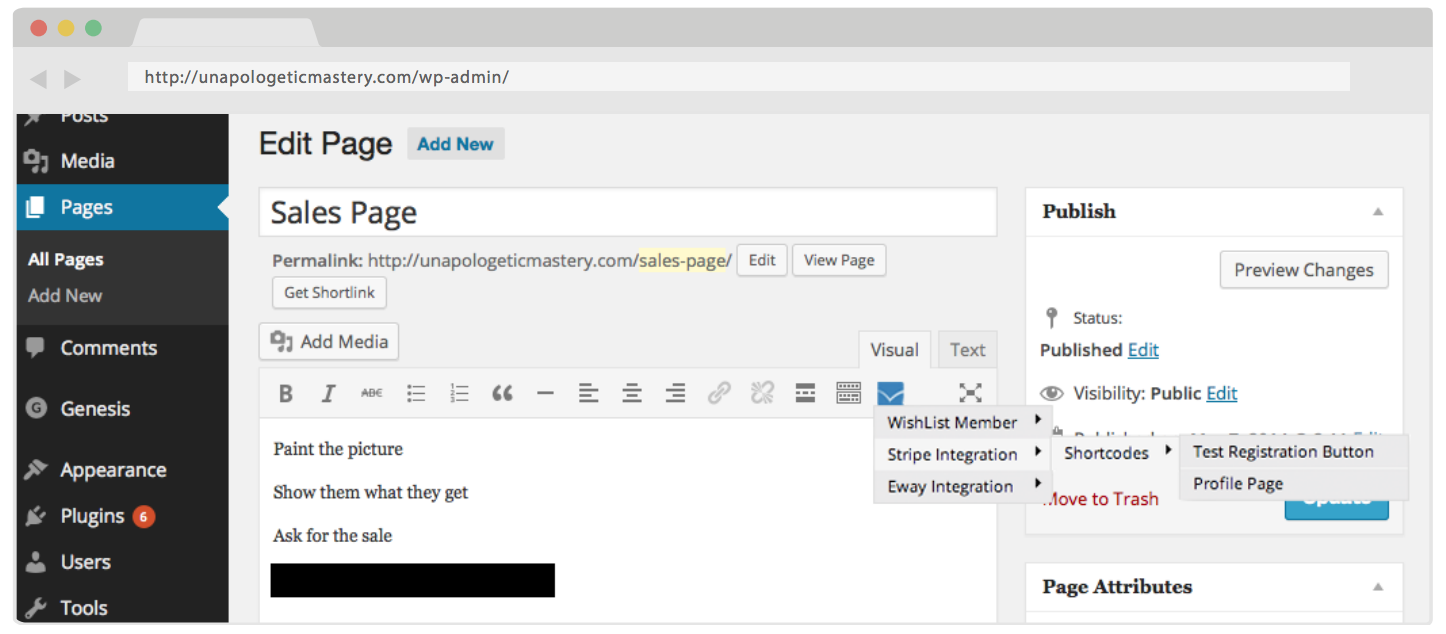
Your sales page is CRUCIAL to making your sale. While your evergreen funnel will draw readers in, your sales page is where you’ll … well, make the sale.
That’s why it’s so important to get this part of the process right. To do that, you only need to follow a few simple “do’s and don’ts”:
- DON’T make it about “me.” A problem many beginner entrepreneurs make with their sales pages is making it all about them. It’s always, “I have an e-book/course/webinar I’VE been working on for a while. I’D love it if you bought one from ME” (Check out my first sales page below to see a great example of this). Instead you need to focus on your reader and what you can do for them — which brings us to …
- DO sell the benefits — not features. Remember: People don’t want to buy a mattress. They want a good night’s sleep. When selling your product, focus on the benefits of your products rather than features. This is the difference between an e-book on fitness vs an e-book that’ll get you six pack abs in six weeks.
- DON’T lead them away. Nothing lets people know you’re an amateur more than linking away from your sales page (I did that in my first sales page below). Why would you want to send potential customers away from your page? It’s like a store owner inviting people to leave as soon as they walk in. It doesn’t make any sense, and that brings us to …
- DO sell — and only sell. The call to action should ALWAYS be to purchase. Don’t leave a comment box and invite them to comment. Don’t give them the option to check out other products. You should be selling them on your product by the end of it and nothing else.
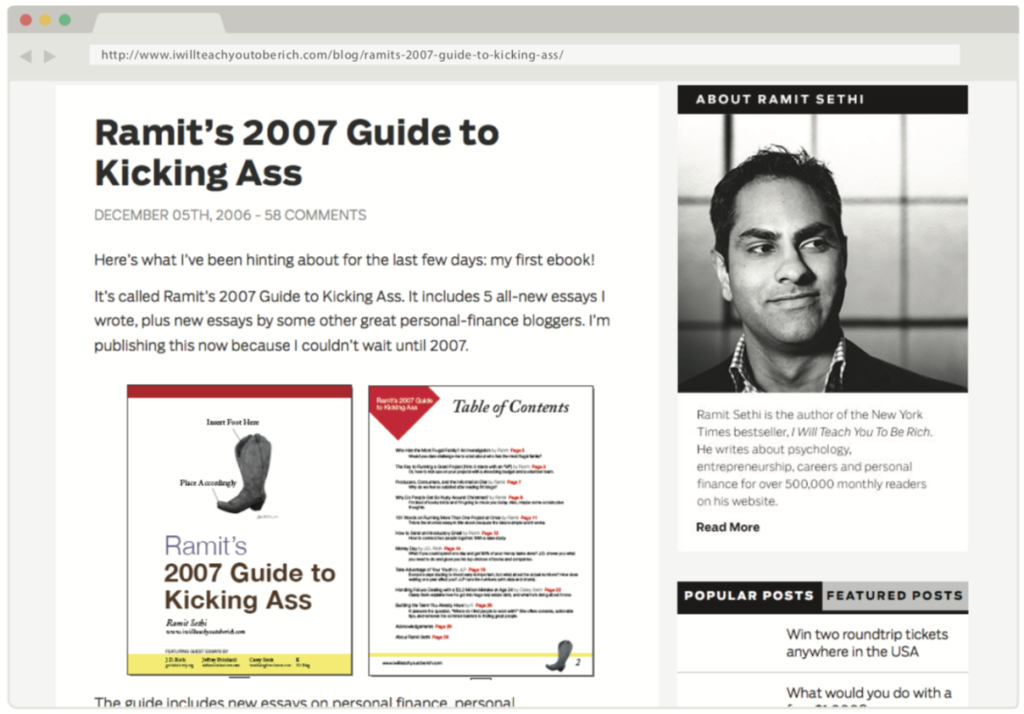

But this still leaves the question: What tools should you use?
This actually just depends on you. In fact, the website/blogging platform you use now can be used to create a great sales page. If you’re looking for a great suggestion, though, I love WordPress. It’s a powerful and popular website platform that can be used to easily build a sales page.
How to get explosive profits with automation
You just received all the tools you need to create a solid evergreen funnel that’ll earn you money for YEARS.
But it’s only the beginning. Your earning potential as an online business owner is limitless — and I want to prove it to you.
I started off selling my e-book for $4.95 and have since gone on to sell products for $12,000 each.
And I did it through a proven system: Automation.
Want to learn how I put an automated system in place that helped me scale my product prices by more than 2000%?
Enter your name and email below and I’ll send you a 10-minute video where I break down exactly how I did it — and start scaling your earnings today.
Budgeting is unsustainable. Start “Conscious Spending” instead.
As seen on the IWT podcast, the Conscious Spending Plan helps you buy the things you love, guilt-free.
